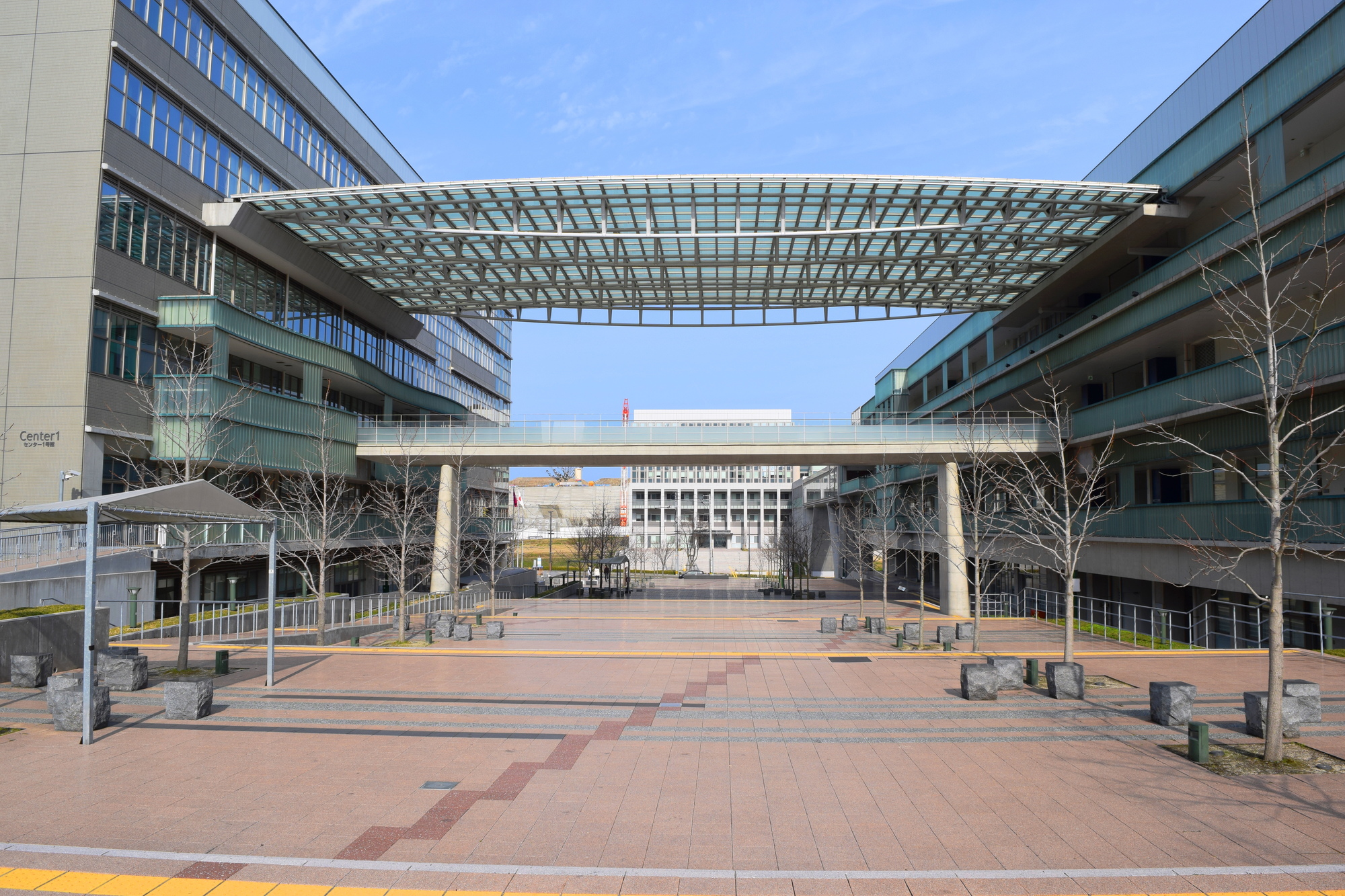The research group of the 3rd year doctoral student of Shoji Shusaku of Tokyo Institute of Technology, in collaboration with the National Institute for Materials Science, Kochi University of Technology, Kyushu University, and Shizuoka University, is a carbon dioxide reforming reaction (dry reforming) of methane at low temperature. ) Succeeded in developing a possible photocatalyst material.
The dry reforming reaction can convert the greenhouse gases methane and carbon dioxide into a synthetic gas of hydrogen and carbon monoxide.Since the generated synthetic gas becomes a chemical raw material for producing alcohol, gasoline, and chemical products, this reaction is drawing attention for the effective utilization of natural gas and shale gas and the suppression of global warming.However, efficient progress of the reaction requires a high temperature of 800 ° C or higher, which causes problems of large fuel consumption and deterioration of the catalyst under high temperature conditions.
This time, the research group has developed a photocatalyst that uses light energy to cause a dry reforming reaction.This photocatalyst is a nanoscale composite of strontium titanate and rhodium metal, and can be easily synthesized because the aqueous solutions of both substances are heat-treated in a closed container.
The developed photocatalyst showed a methane and carbon dioxide conversion rate of over 50% when exposed to ultraviolet light, even under non-heated conditions.The durability was stable for a long period of time, and it was shown that not only the deterioration of the catalyst due to heating was suppressed, but also the carbon precipitation, which is an industrially fatal side reaction, was dramatically suppressed.The analysis also revealed the suitability of strontium titanate as a photocatalyst.
The results of this research are expected to contribute to the reduction of greenhouse gases in addition to the effective use of natural gas and shale gas.In addition, because synthetic gas can be produced at low temperatures, it is expected that facilities such as gasoline production will be greatly simplified and streamlined in combination with existing industrial methods.
Paper information:[Nature Catalysis] Photocatalytic uphill conversion of natural gas beyond the limitation of thermal reaction systems


